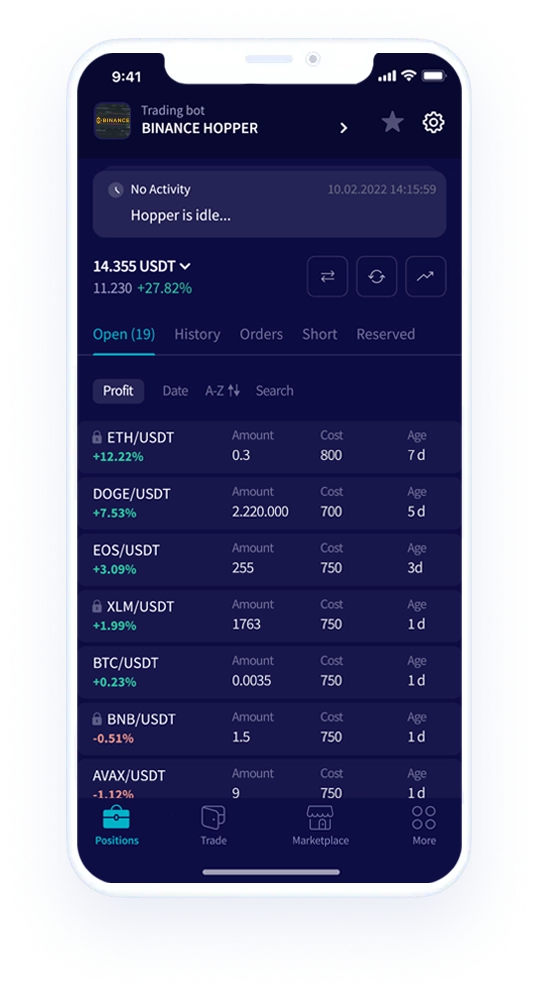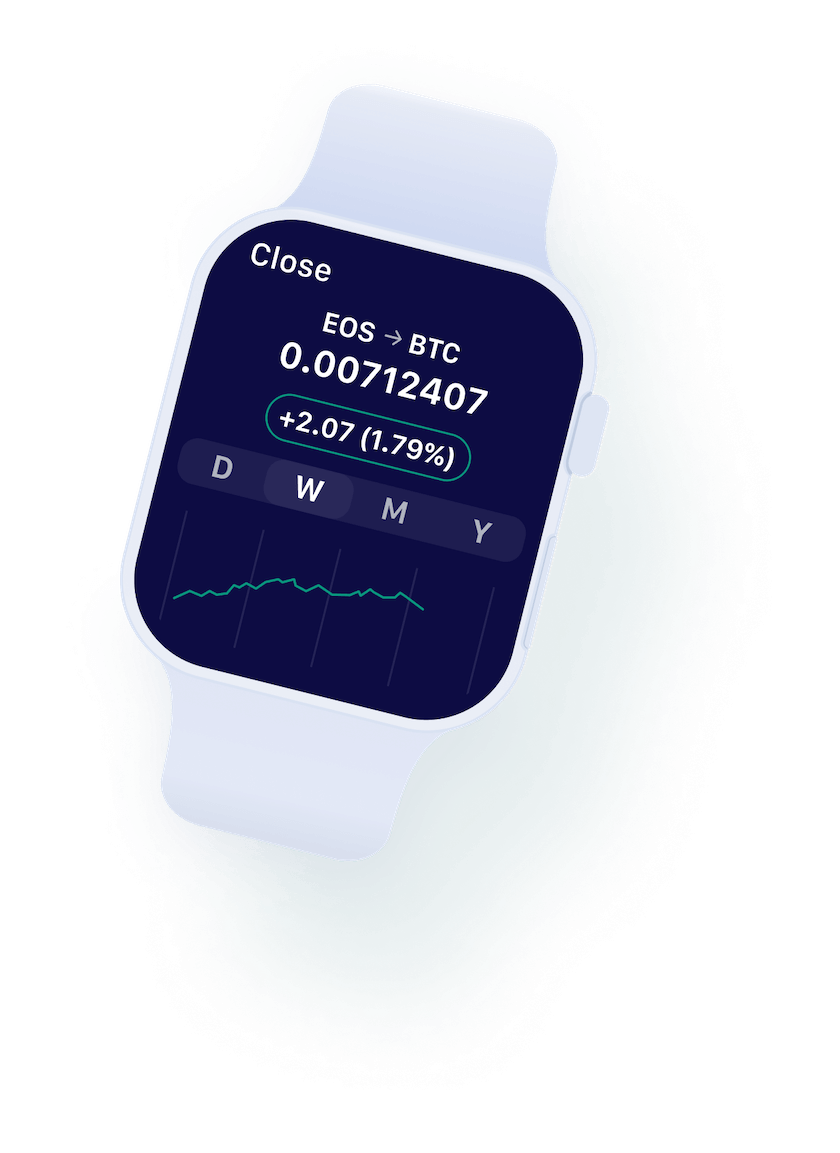The State of Crypto Regulation in the EU Charting the Digital Asset Future
The European Union is shaping a regulatory framework for cryptocurrencies, balancing innovation with consumer protection. This article examines the EU's approach, focusing on the MiCA framework and its influence on the crypto market.
TLDR The EU is crafting a harmonized crypto regulatory framework, led by initiatives like MiCA and strict AML/KYC measures, to protect consumers and maintain market integrity while encouraging innovation. Challenges remain in ensuring uniform enforcement across member states and keeping pace with the rapidly evolving crypto landscape.
As cryptocurrencies continue to expand, governments around the globe are seeking clearer regulatory guidelines—and the European Union is no exception. Digital assets bring exciting opportunities for innovation and decentralization, yet they also present risks such as fraud, money laundering, and market manipulation.
The EU has been proactive in crafting a regulatory framework to ensure that cryptocurrencies are used safely and responsibly. This discussion explores the current landscape of crypto regulation within the EU and highlights the key policies currently shaping the industry.
The State of Crypto Regulation in the EU
The European Union is actively shaping a harmonized regulatory framework for cryptocurrencies. This initiative is designed to strike a balance—fostering innovation while safeguarding consumers and ensuring financial stability.
In the past, both businesses and investors faced uncertainty due to the absence of a comprehensive regulatory environment. However, recent developments have introduced more robust guidelines, such as the Markets in Crypto-Assets (MiCA) framework, to address these challenges.
The European Commission, along with other institutions, has been instrumental in advancing regulations that emphasize transparency, security, and accountability. While the EU recognizes the transformative potential of blockchain technology, it is equally focused on mitigating the risks associated with the rapid expansion of the cryptocurrency market.
MiCA: The EU's Regulatory Backbone for Crypto Assets
MiCA stands at the core of the EU’s approach to regulating digital assets. Introduced in 2020, this framework sets out clear, consistent rules for the issuance, offering, and trading of crypto-assets within the European Economic Area (EEA). Its primary goal is to protect consumers while providing legal clarity for businesses operating in the crypto space.
Under MiCA, crypto-asset service providers are subject to stringent requirements. Before they can offer their services, they must obtain approval from the relevant authorities. This ensures that only reputable entities participate in the EU’s cryptocurrency market. Additionally, MiCA introduces measures to curb market manipulation and insider trading, promoting a fair and transparent trading environment.
One of MiCA’s critical focus areas is stablecoins, which hold the potential to transform the traditional financial system. The framework outlines specific conditions that stablecoin issuers must meet to ensure the protection of value. As the global crypto regulatory landscape evolves, MiCA is set to become an influential model that could inspire similar regulations in other regions.
AML and KYC Procedures in the EU Regulatory Framework
Enhancing Transparency and Security
Anti-Money Laundering (AML) and Know Your Customer (KYC) measures are vital elements of the EU's regulatory framework. Due to the inherently pseudonymous or anonymous nature of cryptocurrency transactions, there's a risk that these platforms can be exploited for money laundering, financing terrorism, and other illicit activities. To counteract this, the EU has implemented robust AML regulations that every crypto-asset service provider must follow.
Under these regulations, crypto-asset service providers are required to carry out thorough KYC checks to verify customer identities. By ensuring that only legitimate users are allowed to engage in transactions, these measures help prevent the misuse of cryptocurrencies and add a layer of transparency to the digital asset market.
One of the early initiatives to expand AML oversight into the cryptocurrency realm was the Fifth Anti-Money Laundering Directive (5AMLD). This directive mandates that crypto exchanges and wallet providers register with national regulators and adhere to strict KYC protocols.
Looking ahead, future AML frameworks are expected to extend these stringent measures to include decentralized finance (DeFi) platforms and unhosted wallets. This ongoing commitment ensures that every aspect of the crypto ecosystem is subject to vigilant monitoring and regulation.
The Impact of Crypto Regulation on Blockchain Innovation
The EU's regulatory framework is designed to safeguard consumers from fraud and financial misconduct. However, these rules can significantly influence innovation. Excessive regulation may stifle growth by overburdening startups and small-scale crypto projects with hefty compliance costs, including legal and operational expenses.
Conversely, clear and well-defined regulations provide businesses with the security to operate and expand in an organized environment. With the incorporation of crypto-related regulations into the MiCA framework, you'll witness a more level playing field that fosters innovation while mitigating risks. A stable regulatory setting is likely to encourage healthy growth across various sectors, from finance and supply chain systems to health technologies.
Challenges in Harmonizing Regulations Across the EU
One of the most significant hurdles is achieving consistent regulatory standards across all EU member states. While MiCA provides a broad framework for crypto regulation, its implementation and enforcement can vary from country to country. This variation leads to differences in interpretation and application, making it challenging to maintain a unified regulatory environment.
The fast-paced nature of the cryptocurrency market adds another layer of complexity. With the constant emergence of new products like DAOs and NFTs, regulators often find themselves playing catch-up. As the crypto landscape continues to evolve, the EU will need to regularly update and refine its regulatory framework to ensure it remains both relevant and effective.
Bottom Line
The European Union is actively navigating the complex landscape of cryptocurrency regulation by crafting a harmonized framework that balances innovation with consumer protection and market integrity. Through initiatives like the MiCA framework and stringent AML/KYC measures, the EU aims to provide legal clarity and foster a secure trading environment for digital assets.
While these regulations are designed to safeguard against fraud, money laundering, and market manipulation, they also strive to support blockchain innovation by creating a level playing field for both established players and emerging startups.
However, challenges remain, particularly in achieving uniform implementation across member states and keeping pace with the rapidly evolving crypto market. Ultimately, the EU’s proactive regulatory efforts are set to shape the future of digital assets, influencing not only the internal market but also setting potential benchmarks for global crypto regulation.

